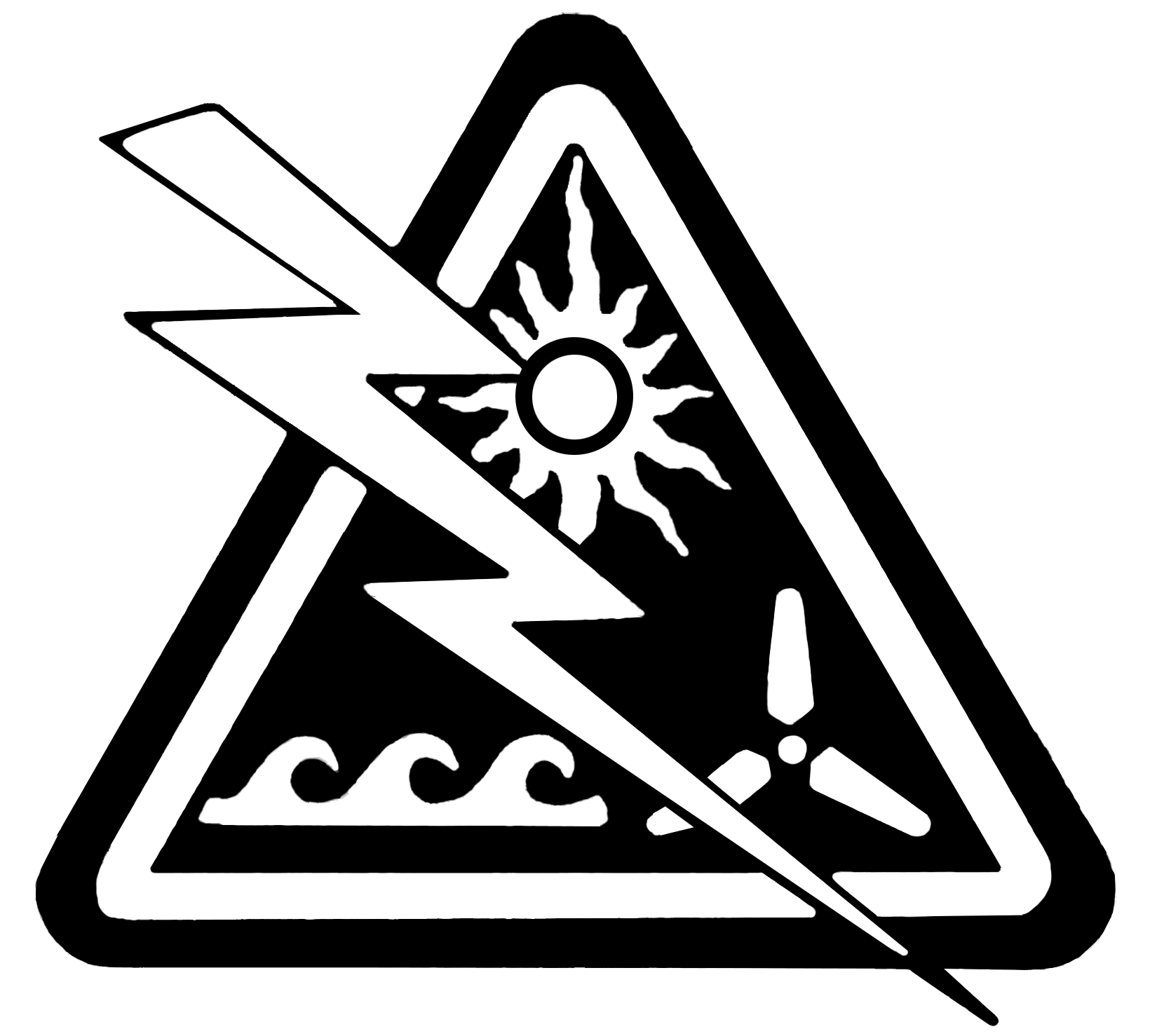
From the Article
Millions of solar PV panels could fail or degrade prematurely and may even be at risk of fires. But no one knows exactly where they are or how big the problem is. Rectifying the faults could cost billions. E&T investigates.
In February 2020, the power output plummeted at one of South Africa’s proudest solar photovoltaic electricity generation sites, the Mulilo Sonnedix Prieska solar farm (see satellite image). It left many baffled. Usually, PV solar panels last between 20 and 30 years. So how could this happen after less than four?
Insiders claim accelerated backsheet degradation is to blame. The backsheet is part of a solar module which seals it from dust and moisture and provides electrical insulation. It is also necessary to protect interior components from mechanical and environmental stresses.
The Mulilo Sonnedix Prieska solar farm is among the largest in South Africa. If and why the plant’s backsheets have defects is hard to answer. All the managing director of the company that built the site could say was: “information is confidential”.
Millions of solar PV solar panels, built with cheap materials less than a decade ago, could be affected, with a potentially large price tag for replacements attached. But across the industry, E&T’s investigation encountered vast levels of opaqueness of information and data on solar panel defects caused by early degradation. Companies that perform reliability tests refuse to name names and issue unreliable results on the extent of the problem.
E&T explored one specific legacy issue involving so-called AAA polyamide-based (PA-based) PV module backsheet technology. This was mostly used between 2010 and 2012, but also a little while after. We tested how much the industry and companies could share on a potentially monumental faux pas from a decade ago. The findings suggest: not much. This means that both the public and regulators are left in the dark over possibly substantial unknown safety risks.
Degradation can lead to cracks that can then cause module fires and electrical shorts. Jenya Meydbray, CEO at performance and reliability testing lab PV Evolution Labs, says the worst case is if panels catch fire. This can happen when panels suffer cracks and when there is moisture. “You can absolutely bridge the gap between the exposed conductor and the frame.”
Companies that perform reliability and defect evaluations cannot share specifics on the clients they help with costly replacement campaigns. Those that make backsheet products themselves have vested interests.
However, a 2019 field study by the PV section of global chemicals giant DuPont, which offers its own backsheet materials under the Tedlar brand, claimed that globally, there could be “over 12GW of field failures to date” from polyamide backsheet failure involving “widespread backsheet through-cracks”.
